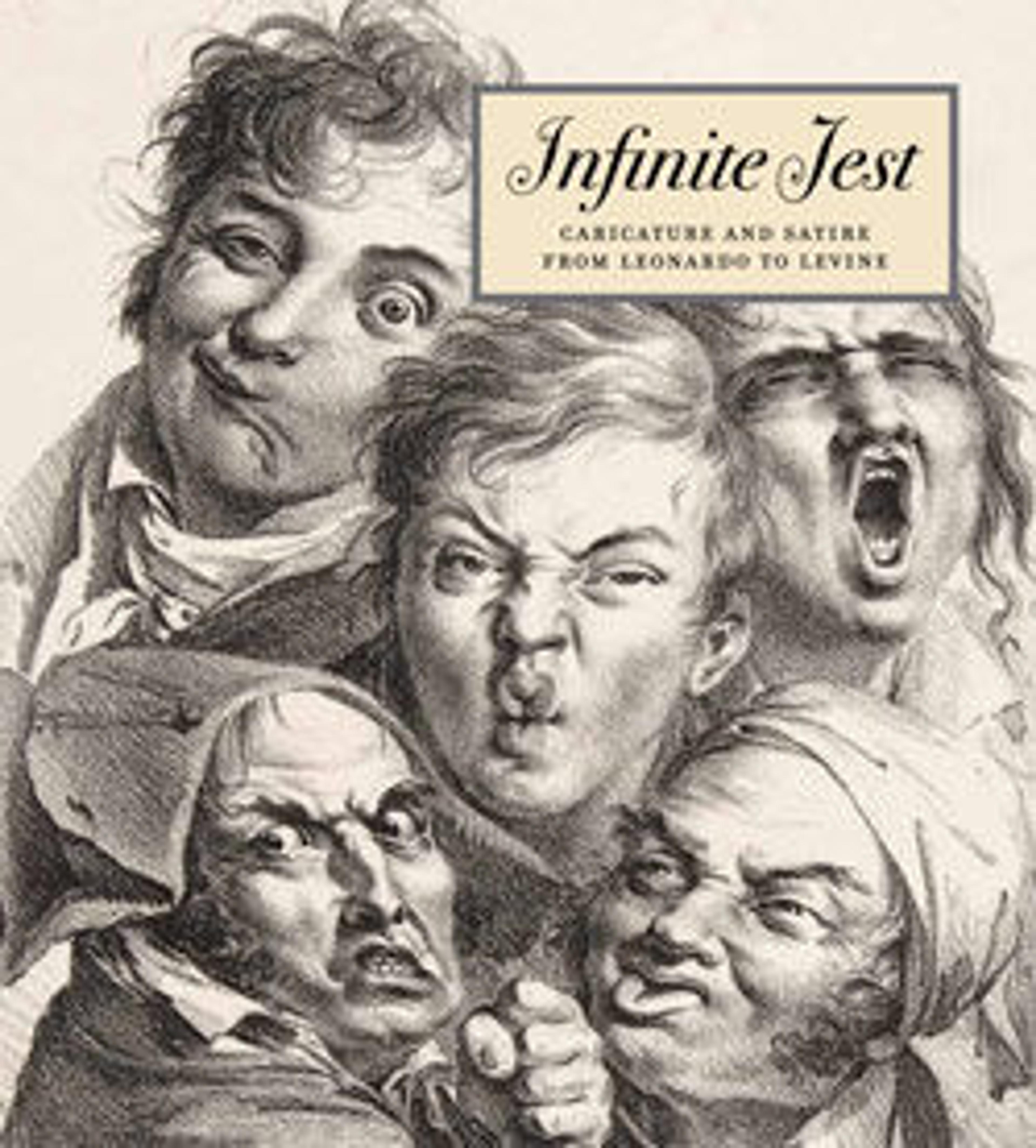Pidgeon Hole. A Convent Garden Contrivance to Coop up the Gods
Rowlandson here alludes to the discomfort working-class audiences endured at the new Theatre Royal Covent Garden. After fire destroyed the old building in 1808, Robert Smirke designed an auditorium able to accommodate more than three thousand people and replaced many inexpensive seats with private boxes. As a result, humble ticket holders were forced to sit in arched galleries near the ceiling, nicknamed "pigeon holes," from which they could barely see the stage or hear the actors. The print suggests that the cramped conditions were deliberately planned to suppress lower-class energies. While a powerfully built man at center looks potentially dangerous, and another vomits onto the private boxes below, most dose off, wilt in the heat, or are distracted by companions.
Artwork Details
- Title:Pidgeon Hole. A Convent Garden Contrivance to Coop up the Gods
- Series/Portfolio:Tegg's Caricatures
- Artist:Thomas Rowlandson (British, London 1757–1827 London)
- Publisher:Thomas Tegg (British, London 1776–1846 London)
- Date:February 20, 1811
- Medium:Hand-colored etching; reprint
- Dimensions:Sheet: 9 5/8 x 13 3/4 in. (24.5 x 34.9 cm)
- Classification:Prints
- Credit Line:The Elisha Whittelsey Collection, The Elisha Whittelsey Fund, 1959
- Object Number:59.533.1401
- Curatorial Department: Drawings and Prints
More Artwork
Research Resources
The Met provides unparalleled resources for research and welcomes an international community of students and scholars. The Met's Open Access API is where creators and researchers can connect to the The Met collection. Open Access data and public domain images are available for unrestricted commercial and noncommercial use without permission or fee.
To request images under copyright and other restrictions, please use this Image Request form.
Feedback
We continue to research and examine historical and cultural context for objects in The Met collection. If you have comments or questions about this object record, please contact us using the form below. The Museum looks forward to receiving your comments.
